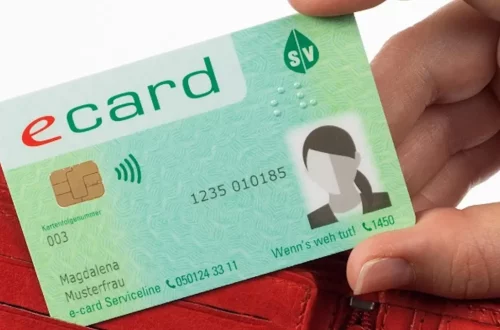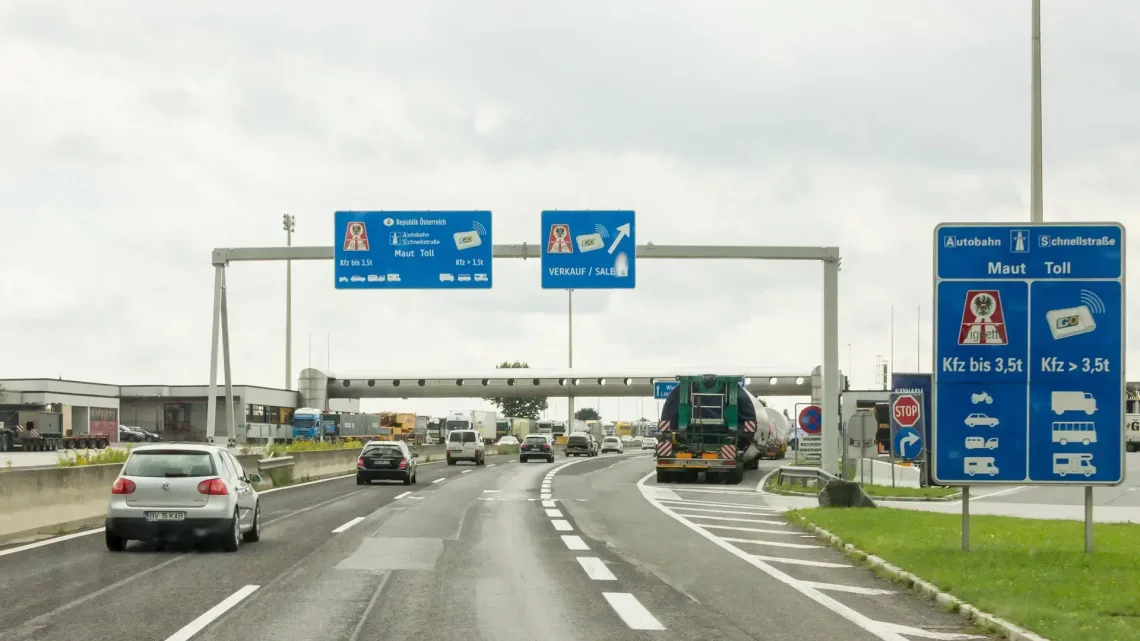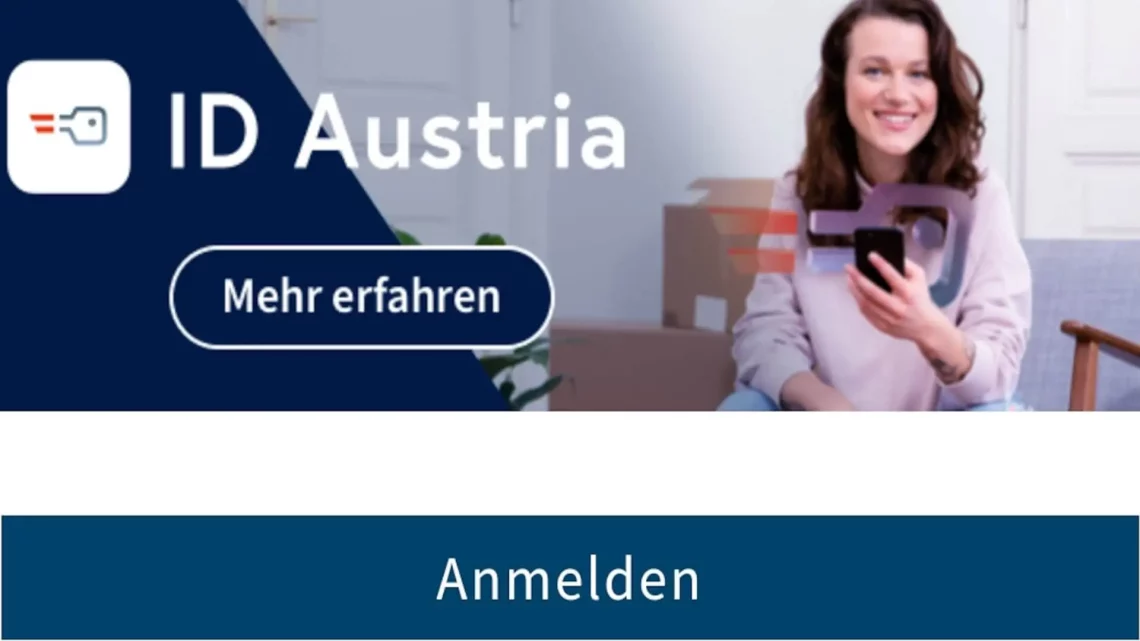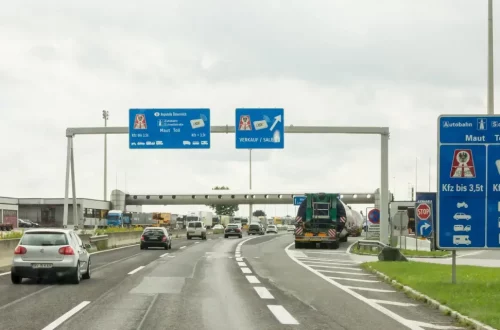-
Registration Certificate – Residence Permit in Austria
Attention! The Anmeldebescheinigung is not equivalent to a residence permit in Austria, but this term has been adopted into common language, so we also use this expression in the title. You can find more detailed information about this in the article. EU, EEA, and Swiss citizens who are entitled to stay in Austria for more than three months under EU law receive a registration certificate from the Austrian state. This permit is not automatic and must be applied for. The application must be submitted within four months of entering Austria. After five years of legal and continuous residence, one can acquire the right to a permanent residence permit. Who Can…
-
Austrian Metal Marks
In the world of jewellery, silverware, and valuables, hallmarks play a crucial role, providing authentic information about the precious metal content and origin of objects. In Austria, the hallmarking system is subject to strict regulations, which make the precious metal product market transparent and secure. What is a Hallmark? A hallmark (in German: Punze or Feingehaltsstempel) is a stamp applied to jewellery or other precious metal objects that provides information about the fineness, or purity, of the precious metal. The numerical value in the hallmark expresses in per mille (‰) the proportion of the specified precious metal in the item. For example, “585” means that the object contains 58.5% gold.…
-
The New Regulation of Electric Scooters in Austria
The thirty-first amendment to Austrian traffic regulations introduced new rules for electric scooter use. According to these, electric scooters, which are subject to paragraph 88b of the Road Traffic Regulations, can travel according to the rules applicable to cyclists. The scooters’ performance must not exceed 600 watts, and their speed is limited to 25 km/h. Age Limit and Equipment The legally mandated minimum age for operating electric scooters is 12 years, but under certain conditions, children as young as 9 or 10 can ride if they have a bicycle driving licence. Younger children can only use scooters with a companion at least 16 years old. In playgrounds and residential streets…
-
Austrian Highway Toll Grace Period: What’s the Truth?
Austrian highway vignettes are essential for driving on motorways in Austria. But what happens if we forget to purchase the vignette before entering the motorway? Is there a grace period during which we can drive without a vignette without being fined? Unfortunately, the grace period is a myth. In Austria, there is no grace period for purchasing motorway vignettes. If you drive onto the motorway without a vignette, you can expect a fine. The amount of the fine varies depending on the type of vignette and the duration of driving without a vignette. If someone is caught on Austrian highways or expressways without a valid sticker, an immediate on-site fine…
-
ID Austria and Digital Office Registration and Information
ID Austria will replace mobile signatures as an electronic identification method in the future. It enables digital proof of our own identity using the “Digital Office” application. ID Austria can be obtained at all registration authorities. For those who already use mobile signatures, there is an option to switch to ID Austria through the online process. This online process allows users to take advantage of the benefits of the new identification solution without having to go through a physical authority procedure. Note: Since the original text was already in English, no translation was necessary. The block remains exactly the same. Who Can Use ID Austria? To apply for ID Austria,…
-
Income Tax in Austria in 2025
The Austrian income tax (Einkommensteuer) is calculated using a progressive system with multiple tax brackets. The tax is determined annually, and every natural person with a registered residence in Austria is obligated to pay it, provided that a tax liability arises based on their annual income. Every natural person who has a residence in Austria is subject to income tax. By income, we mean the total amount of all revenue, reduced by special expenses, extraordinary burdens, and deductions for children. The tax rate is determined based on the income tax return. Note: The text appears to already be in UK English, so no translation was necessary. 2025 Income Tax Rates…
-
Для чого призначений додаток AK Zeitspeicher?
AK Zeitspeicher is an application created by the Austrian Arbeiterkammer (AK – roughly translated as Workers’ Chamber) to help employees accurately track their working hours. Note: The text appears to already be in UK English, so no translation was necessary. Correctly recording work hours is crucial not only for our pay but also in regulating overtime and additional work. Zeitspeicher provides a transparent and convenient solution for up-to-date record-keeping. (Note: The text appears to already be in UK English, so no translation was necessary.) This is How Zeitspeicher Works Using the application is extremely simple and flexible. You can easily access AK Zeitspeicher via your smartphone through the https://ak-zeitspeicher.at/ website.…
-
Austrian Mandatory Vehicle Liability Insurance (Motor Vehicle Liability Insurance) and the Bonus-Malus System
In Austria, all vehicles participating in traffic must have mandatory liability insurance that covers the damages caused. In accordance with Austrian legal regulations, every vehicle owner must ensure the presence of liability insurance. This insurance primarily covers damages caused to third parties while driving a vehicle, whether material or personal injury. Since every perpetrator is liable with their entire assets for damages, the existence of insurance is of paramount importance. Minimum Coverage Amount According to Austrian law, motor third-party liability insurance must cover damages at least £6.5 million, with insurance companies potentially offering higher amounts. The minimum coverage amount ensures that adequate compensation is available even in the case of…
-
Health Insurance in Austria
In Austria, the legal health insurance covers almost the entire population (99.9 percent). This system provides comprehensive protection for insured individuals and their dependents in case of illness. Note: Since the text is already in UK English, no translation was necessary. Currently in Austria, the following insurance companies operate, which cannot be chosen but are organized based on occupations, and thus the insurance is allocated to the specific person to be insured: Austrian Health Insurance Fund, ÖGK – Austrian Health Insurance Fund Insurance Institution for Public Employees, Railways and Mining BVAEB – Insurance Institute for Public Servants, Railway Workers and Miners Social Insurance Institution for the Self-Employed, SVS – Social…
-
GIS Change 2025 – Who Needs to Pay?
From January 1, 2024, the GIS contribution will be abolished in Austria. The ORF contribution that will replace it will be mandatory for almost all Austrian households to pay, regardless of whether they watch the Austrian Radio and Television (ORF) channels. In this article, we’ll go through the questions arising in connection with the new contribution, and with the help of the answers, you’ll quickly be able to understand what to expect in the near future. (Note: The text was already in UK English, so no translation was necessary.) What Has GIS Been About So Far? (Note: The text was already in English, so no translation was necessary.) The GIS…




















